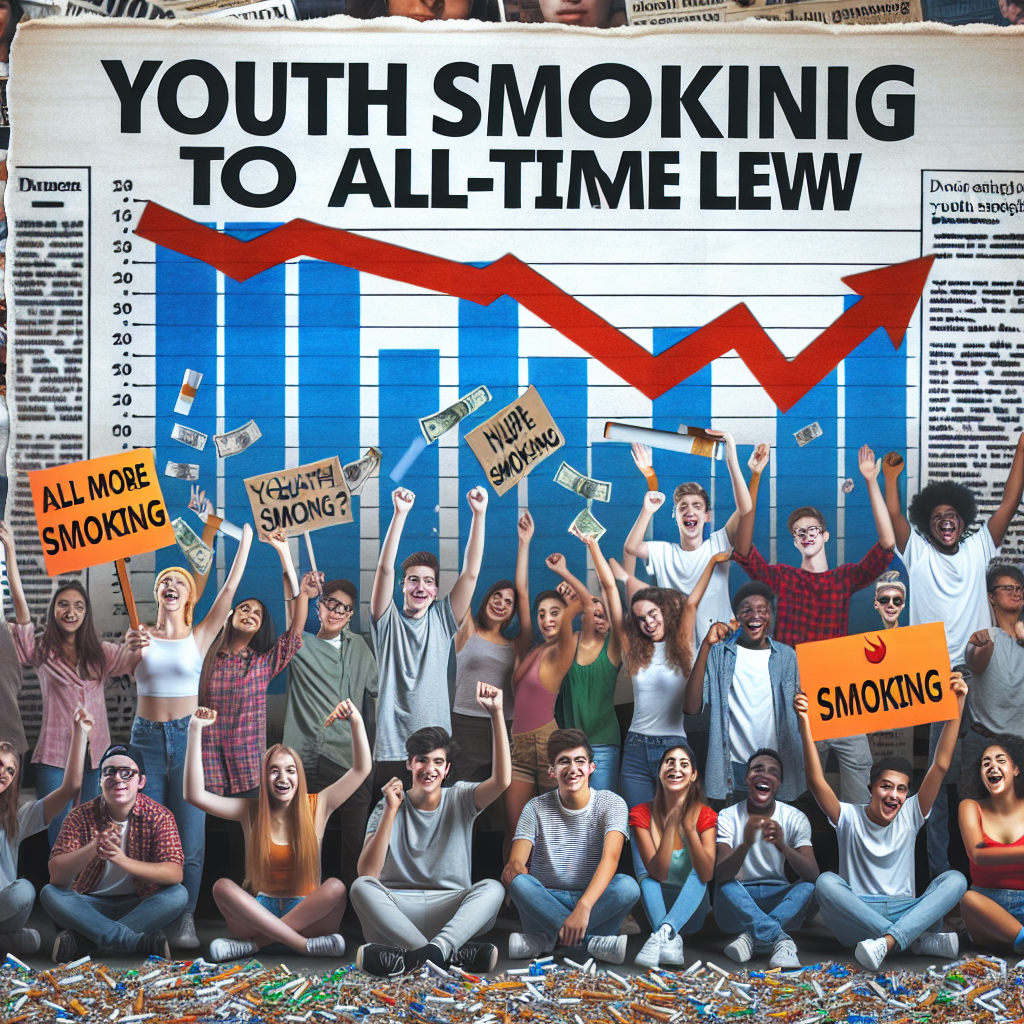Youth Smoking Declines to All-Time Low
Youth Smoking Declines to All-Time Low

Introduction
In a significant public health victory, recent data reveals that youth smoking rates have plummeted to unprecedented lows. This trend marks a pivotal shift in the fight against tobacco use among young people, offering hope for a healthier future generation.
Key Factors Contributing to the Decline
Several factors have contributed to this remarkable decrease in youth smoking rates:
- Increased Awareness: Comprehensive educational campaigns have effectively raised awareness about the dangers of smoking.
- Stricter Regulations: Governments have implemented stringent regulations on tobacco sales and advertising, making it harder for youth to access cigarettes.
- Rise of Alternatives: The popularity of vaping and other nicotine alternatives has diverted some young people away from traditional cigarettes.
- Social Stigma: Smoking is increasingly viewed as socially unacceptable among younger demographics.
Impact on Public Health
The decline in youth smoking rates is expected to have profound implications for public health:
- Reduced Health Risks: Fewer young smokers mean a decrease in smoking-related illnesses and deaths in the long term.
- Economic Benefits: Lower healthcare costs associated with treating smoking-related diseases.
- Positive Role Models: Young people who abstain from smoking can influence peers and future generations to make healthier choices.
Challenges and Future Directions
Despite the positive trend, challenges remain in ensuring the continued decline of youth smoking:
- Monitoring Vaping Trends: The rise of vaping among youth requires careful monitoring to prevent potential health risks.
- Addressing Disparities: Efforts must focus on reducing smoking rates among vulnerable and marginalized groups.
- Sustaining Efforts: Continued investment in education and prevention programs is crucial to maintain progress.
Conclusion
The historic decline in youth smoking rates is a testament to the effectiveness of comprehensive public health strategies. By maintaining focus on education, regulation, and support for healthier alternatives, society can continue to safeguard the well-being of future generations. This achievement not only highlights the power of collective action but also sets a promising precedent for tackling other public health challenges.















